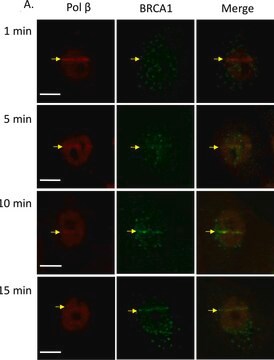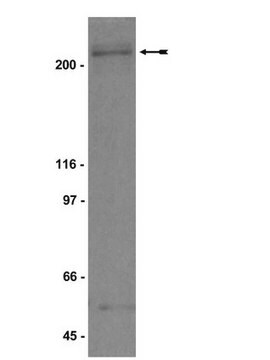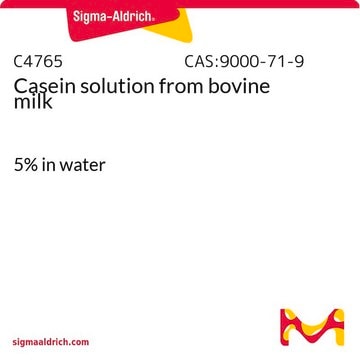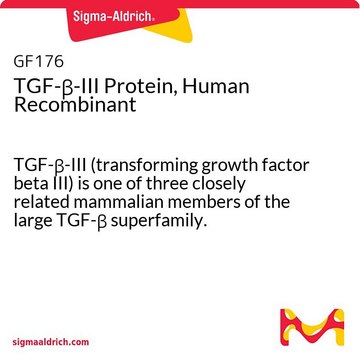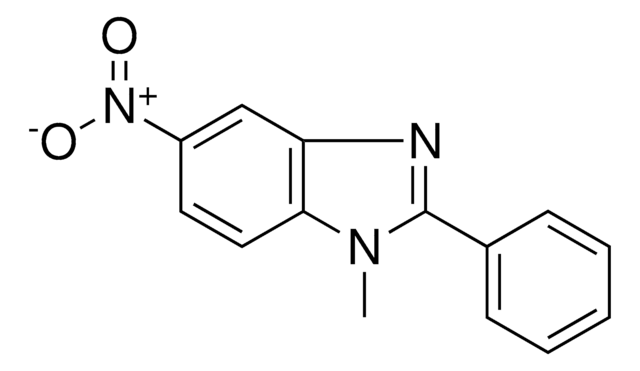14-912-M
TGFBR-1 Protein, active, 10 µg
Active, N-terminal GST-tagged, recombinant, human TGFBR1 amino acids 200–end containing a T204D mutation, expressed by baculovirus in Sf21 insect cells. Purified using glutathione agarose. For use in Kinase Assays.
Synonim(y):
TGF-beta receptor type-1, TGFR-1, Transforming growth factor-beta receptor type I, TGF-beta receptor type I, TbetaR-I, TGF-beta type I receptor, Serine/threonine-protein kinase receptor R4, SKR4, Activin receptor-like kinase 5, ALK-5
About This Item
Polecane produkty
pochodzenie biologiczne
human
Poziom jakości
rekombinowane
expressed in baculovirus infected Sf21 cells
masa cząsteczkowa
Mw 62 kDa
producent / nazwa handlowa
Upstate®
metody
activity assay: suitable (kinase)
numer dostępu NCBI
numer dostępu UniProt
informacje o genach
human ... TGFBR1(7046)
Opis ogólny
Zastosowanie
Inflammation & Immunology
Działania biochem./fizjol.
Opakowanie
Jakość
Postać fizyczna
Przechowywanie i stabilność
Rapidly thaw the vial under cold water and immediately place on ice. Aliquot unused material into pre-chilled microcentrifuge tubes and immediately snap-freeze the vials in liquid nitrogen prior to re-storage at -70°C.
Inne uwagi
Informacje prawne
Oświadczenie o zrzeczeniu się odpowiedzialności
Certyfikaty analizy (CoA)
Poszukaj Certyfikaty analizy (CoA), wpisując numer partii/serii produktów. Numery serii i partii można znaleźć na etykiecie produktu po słowach „seria” lub „partia”.
Masz już ten produkt?
Dokumenty związane z niedawno zakupionymi produktami zostały zamieszczone w Bibliotece dokumentów.
Nasz zespół naukowców ma doświadczenie we wszystkich obszarach badań, w tym w naukach przyrodniczych, materiałoznawstwie, syntezie chemicznej, chromatografii, analityce i wielu innych dziedzinach.
Skontaktuj się z zespołem ds. pomocy technicznej